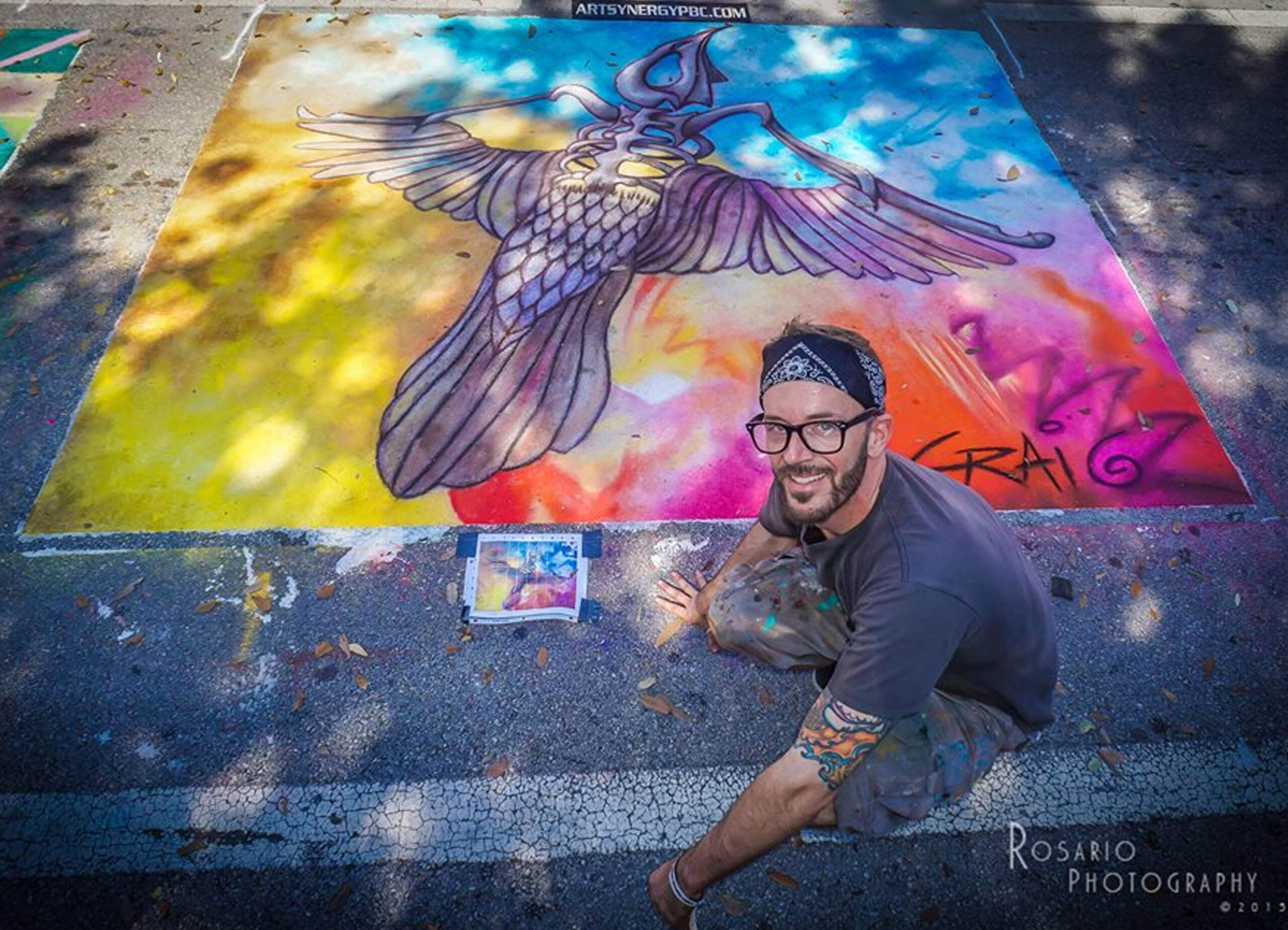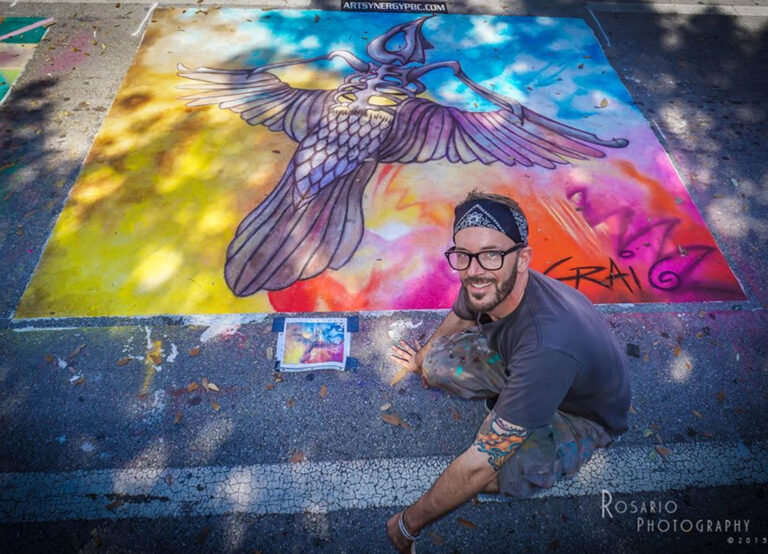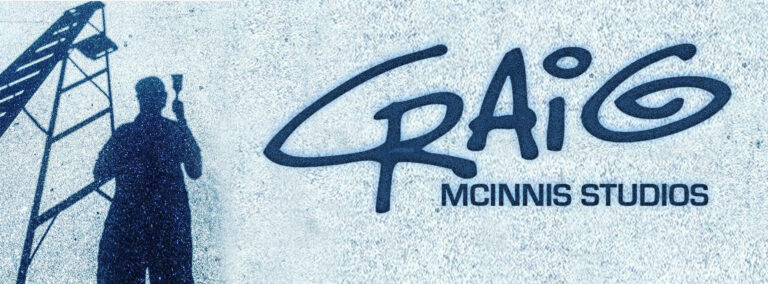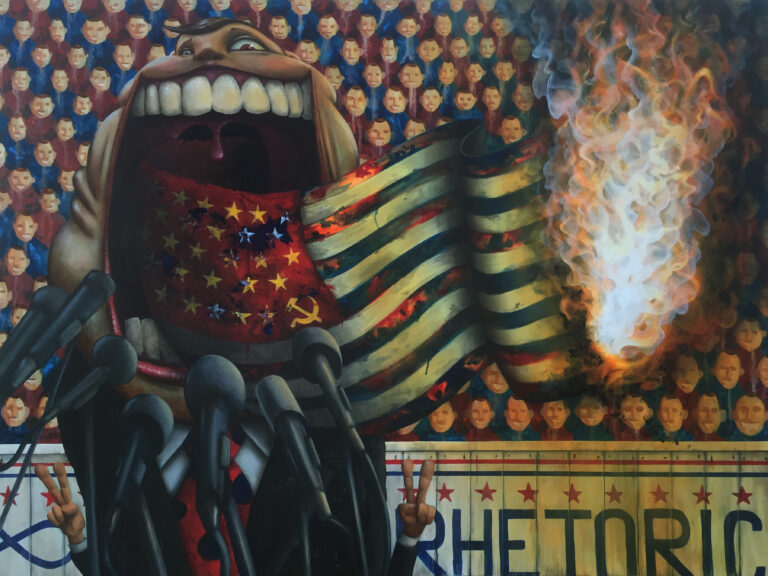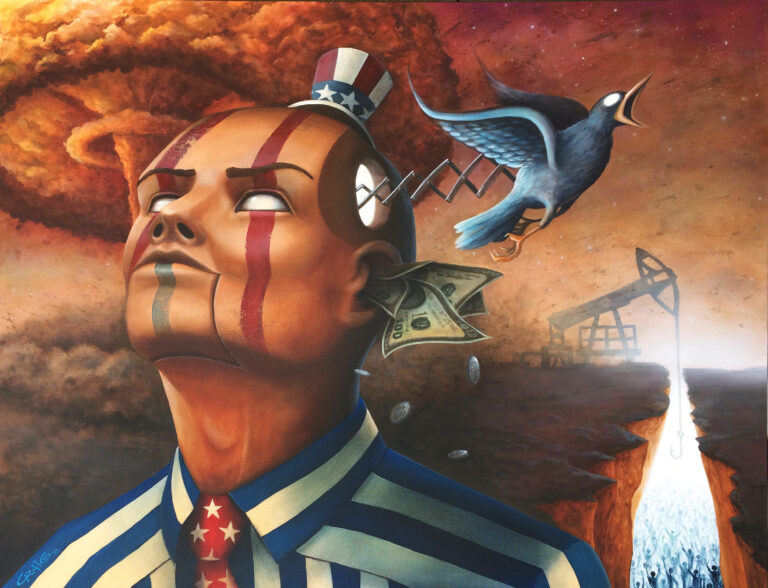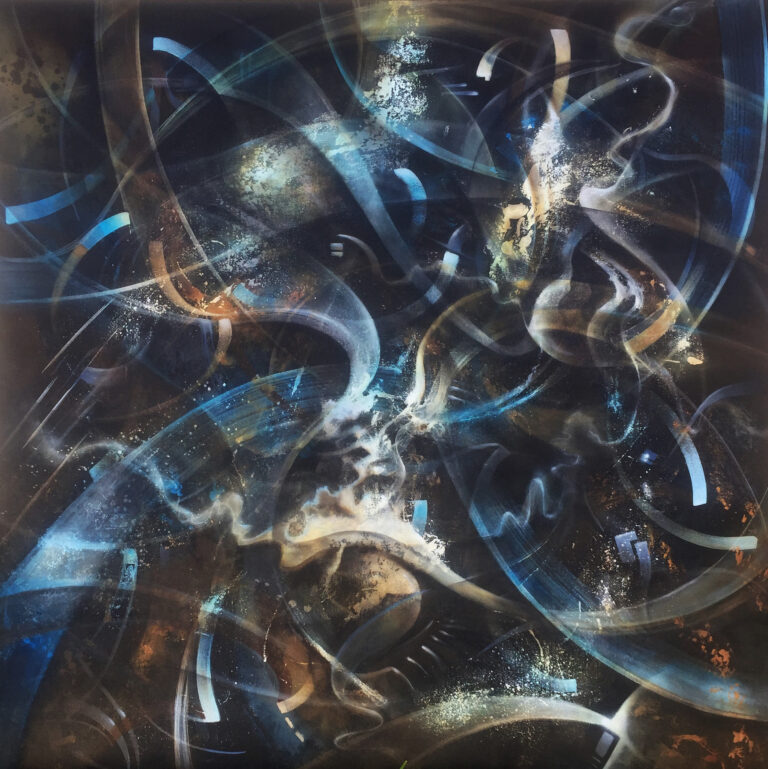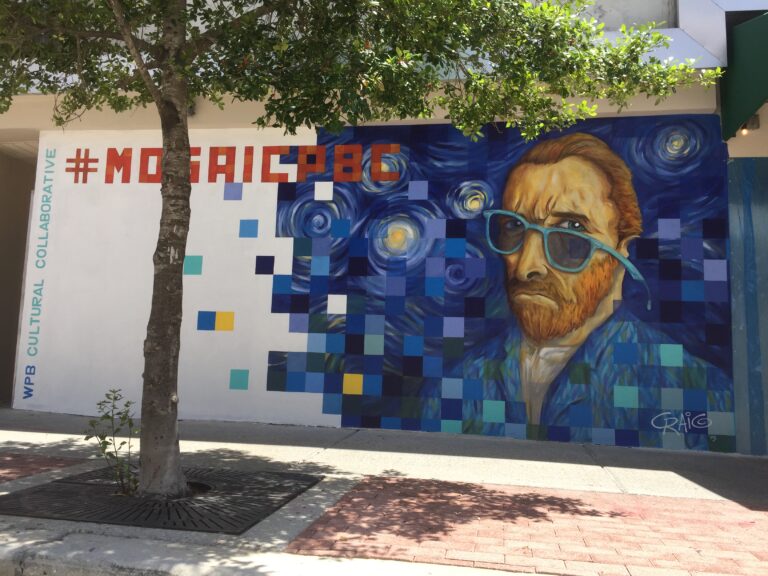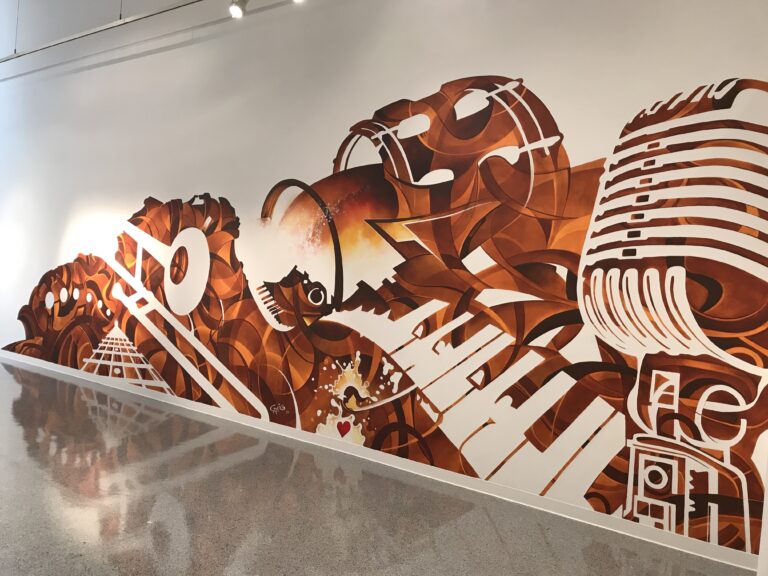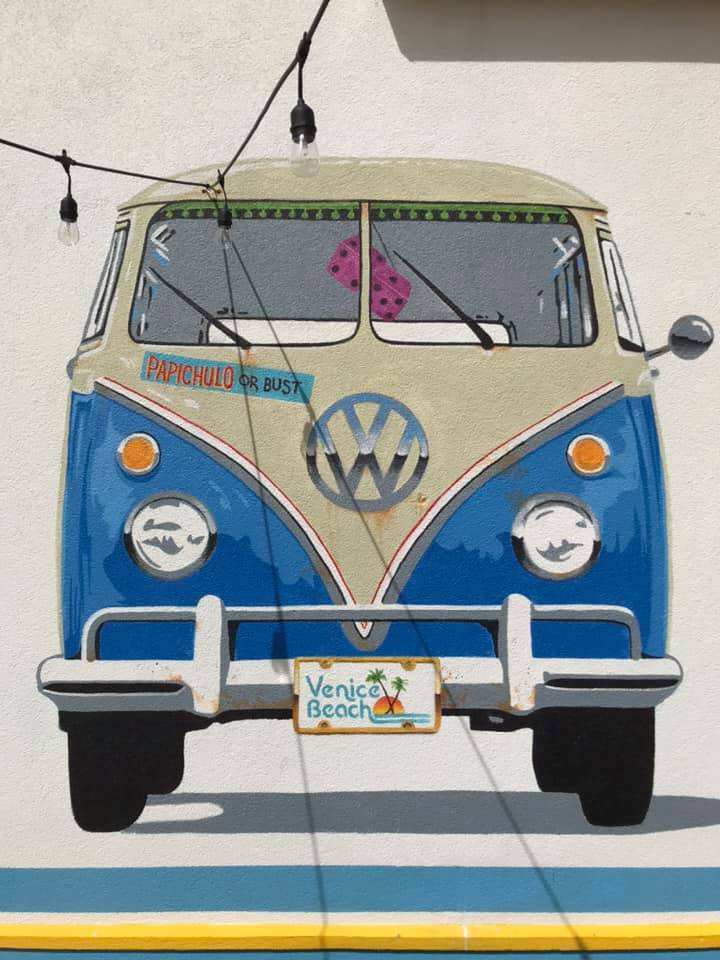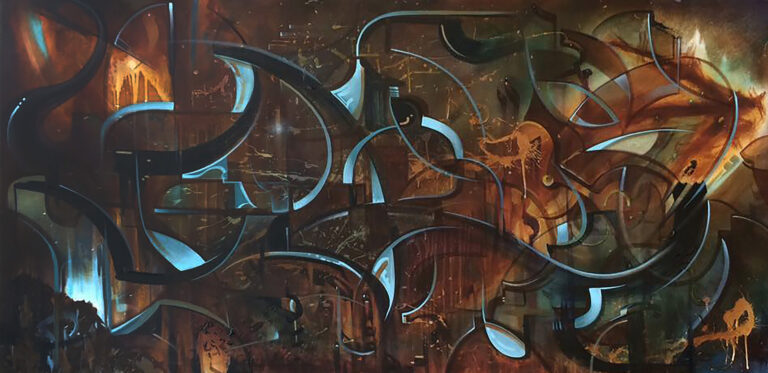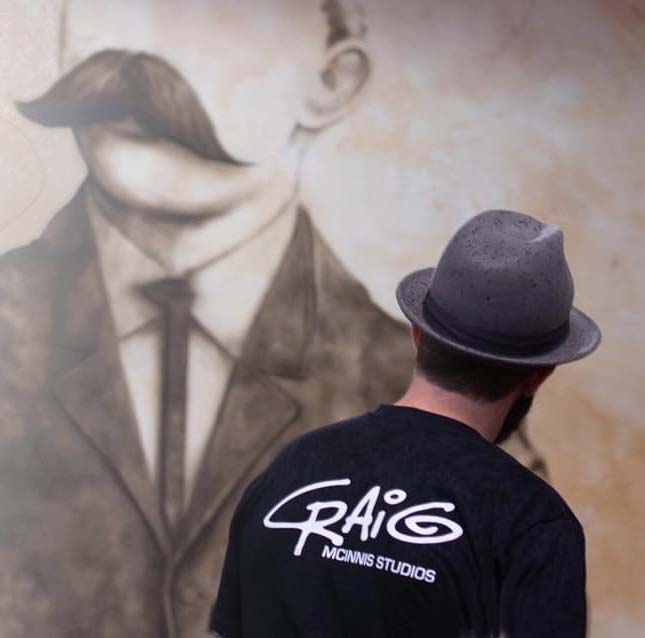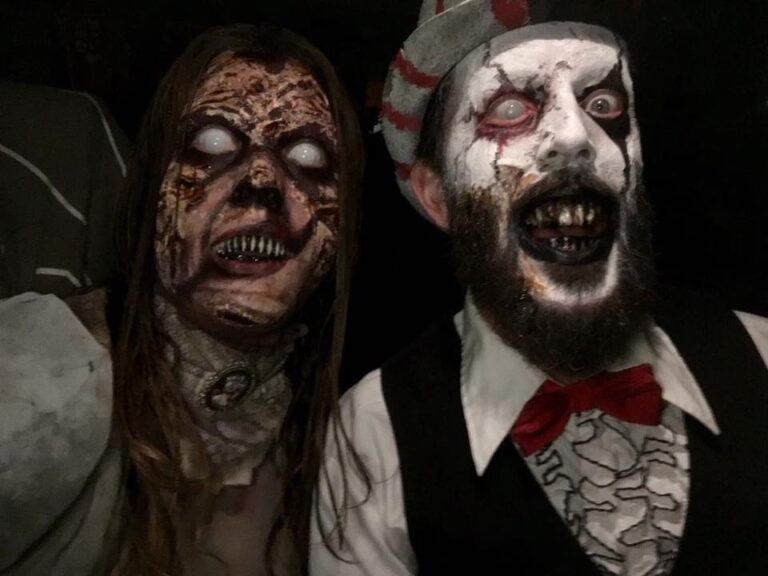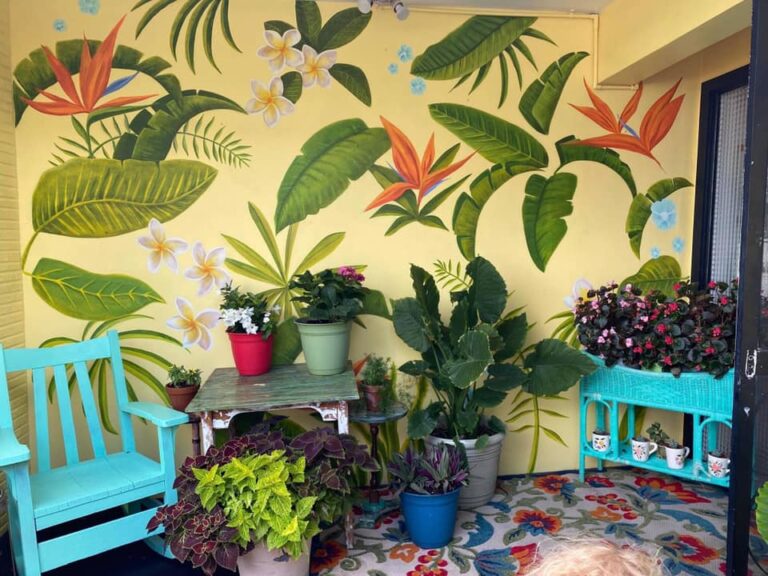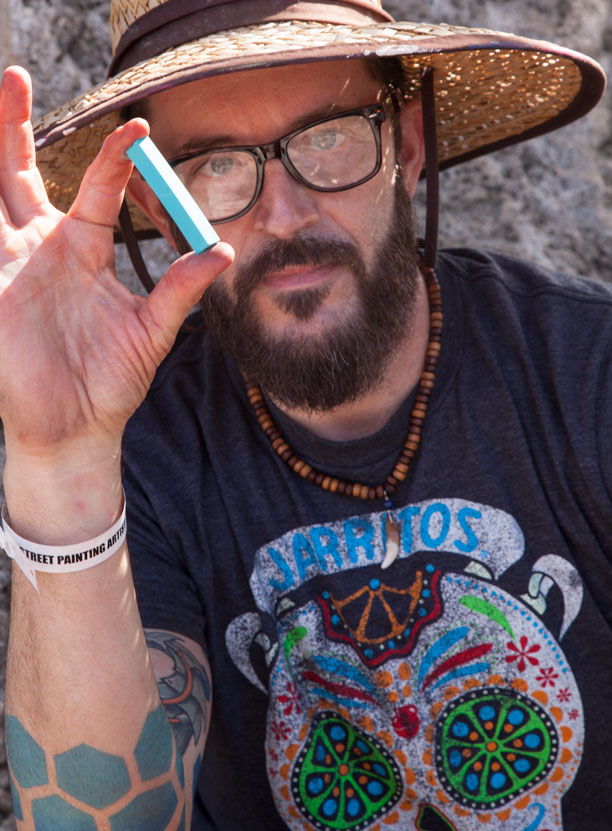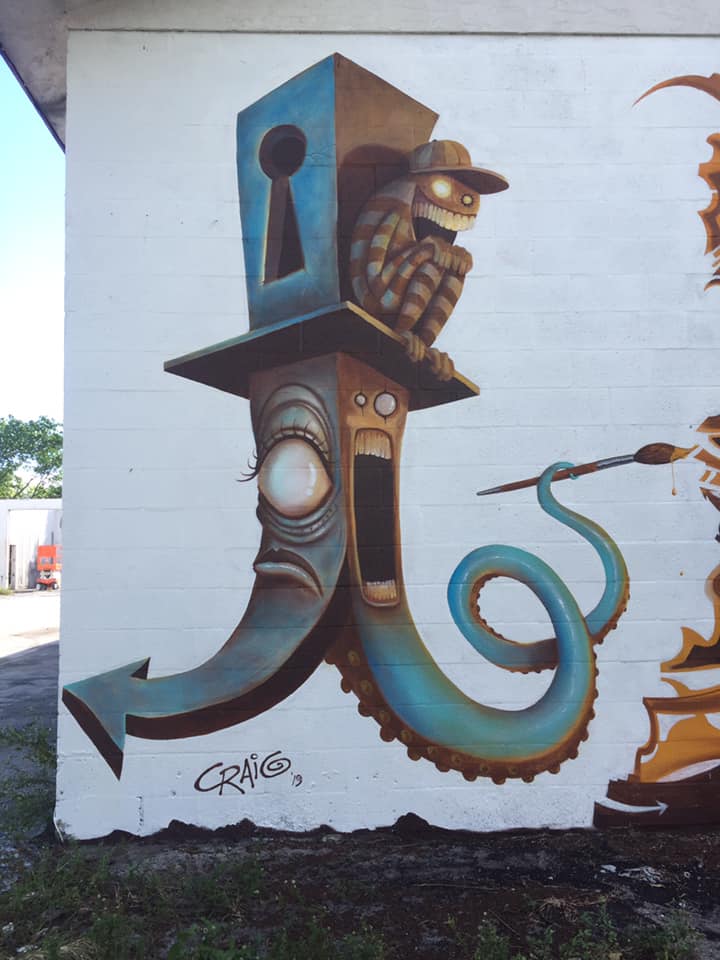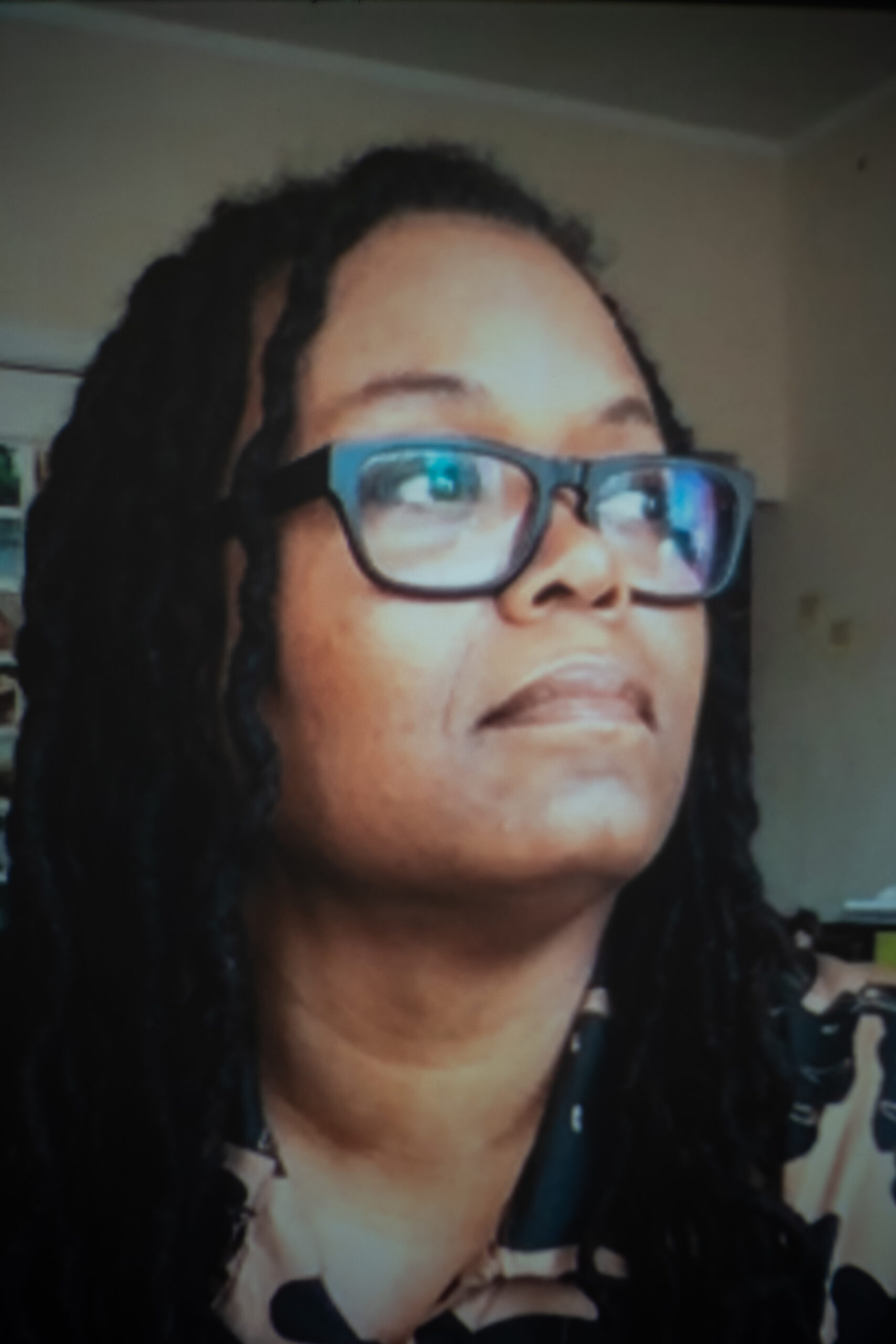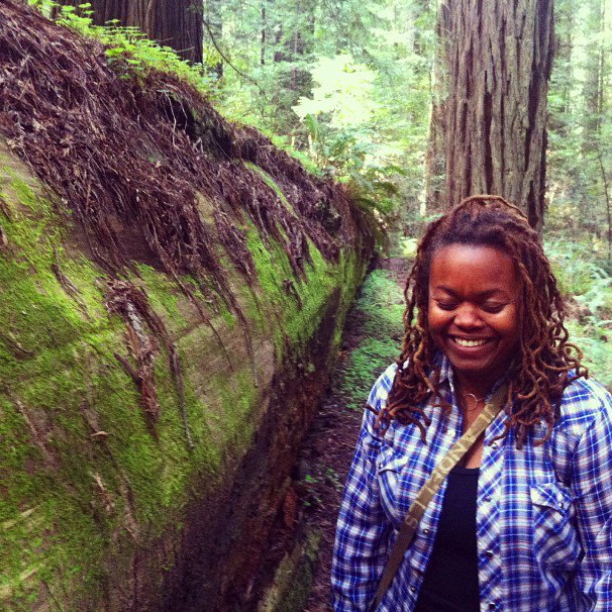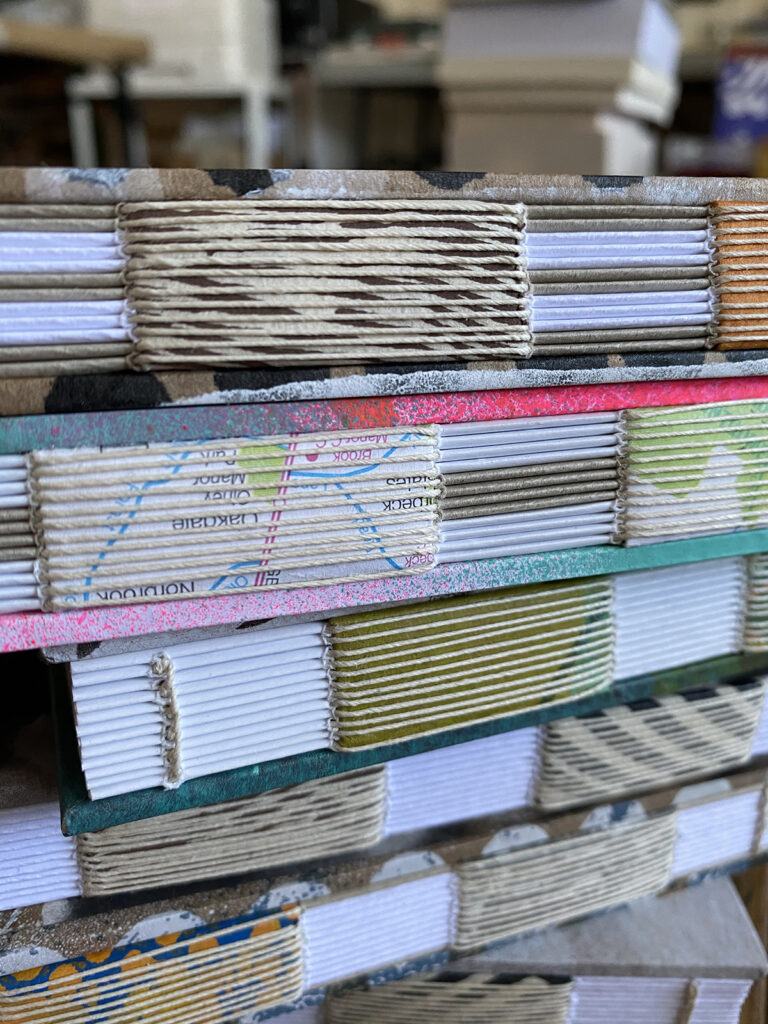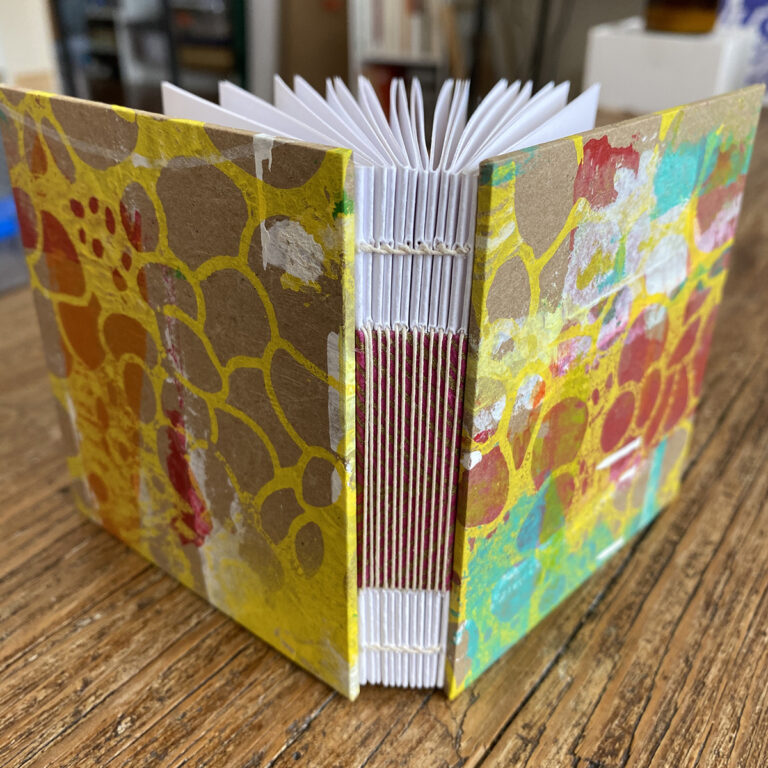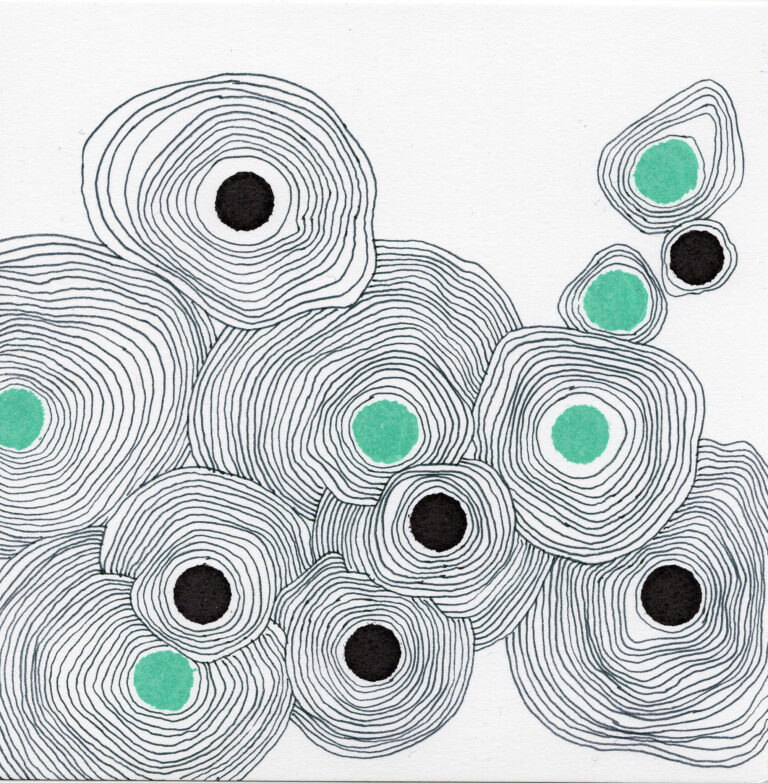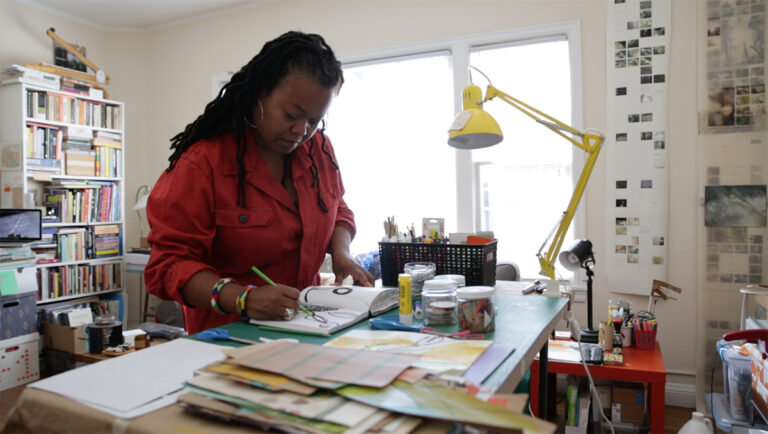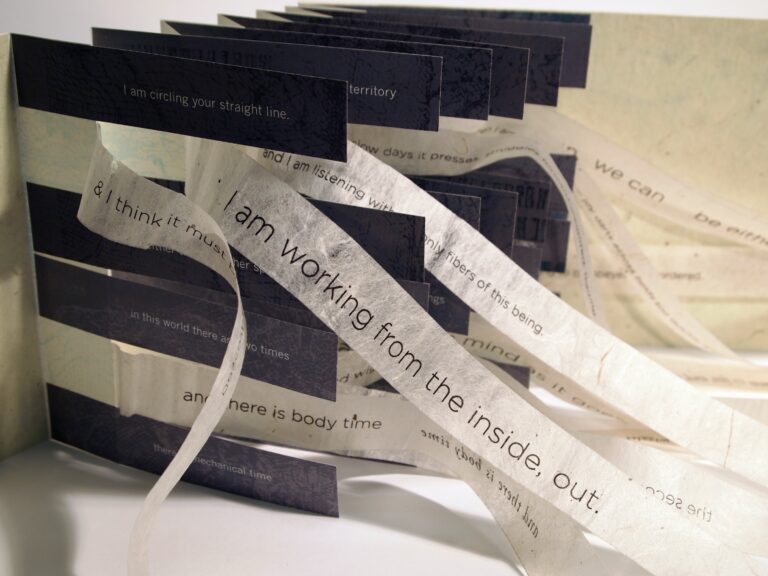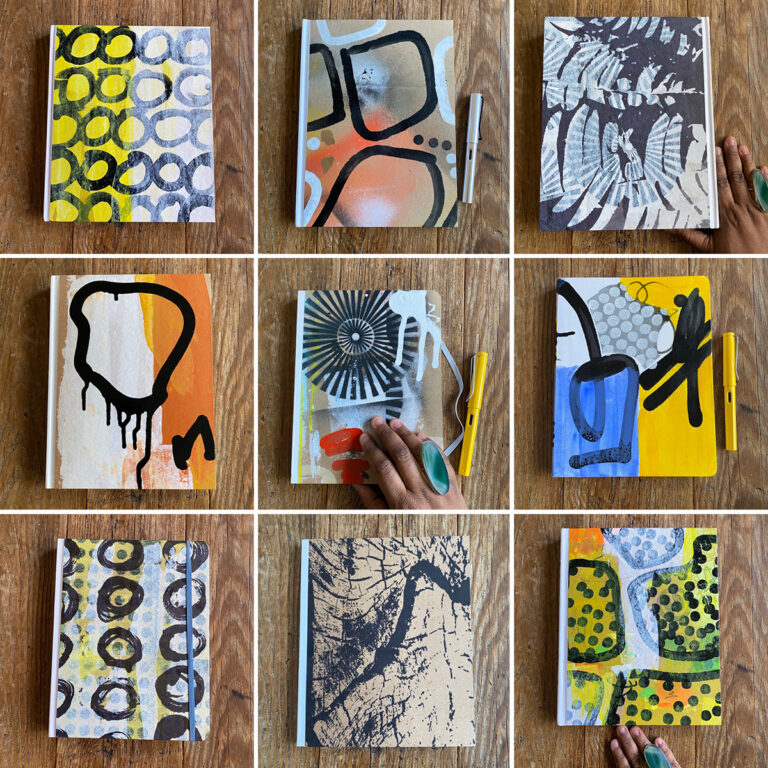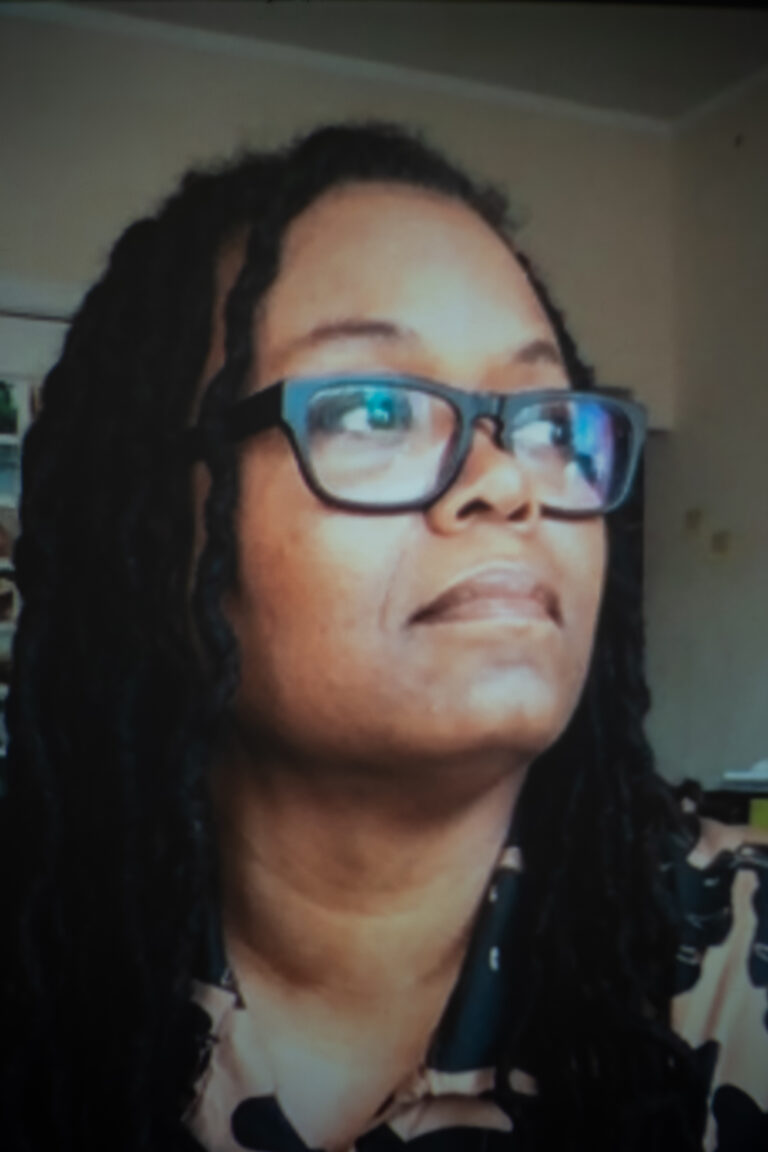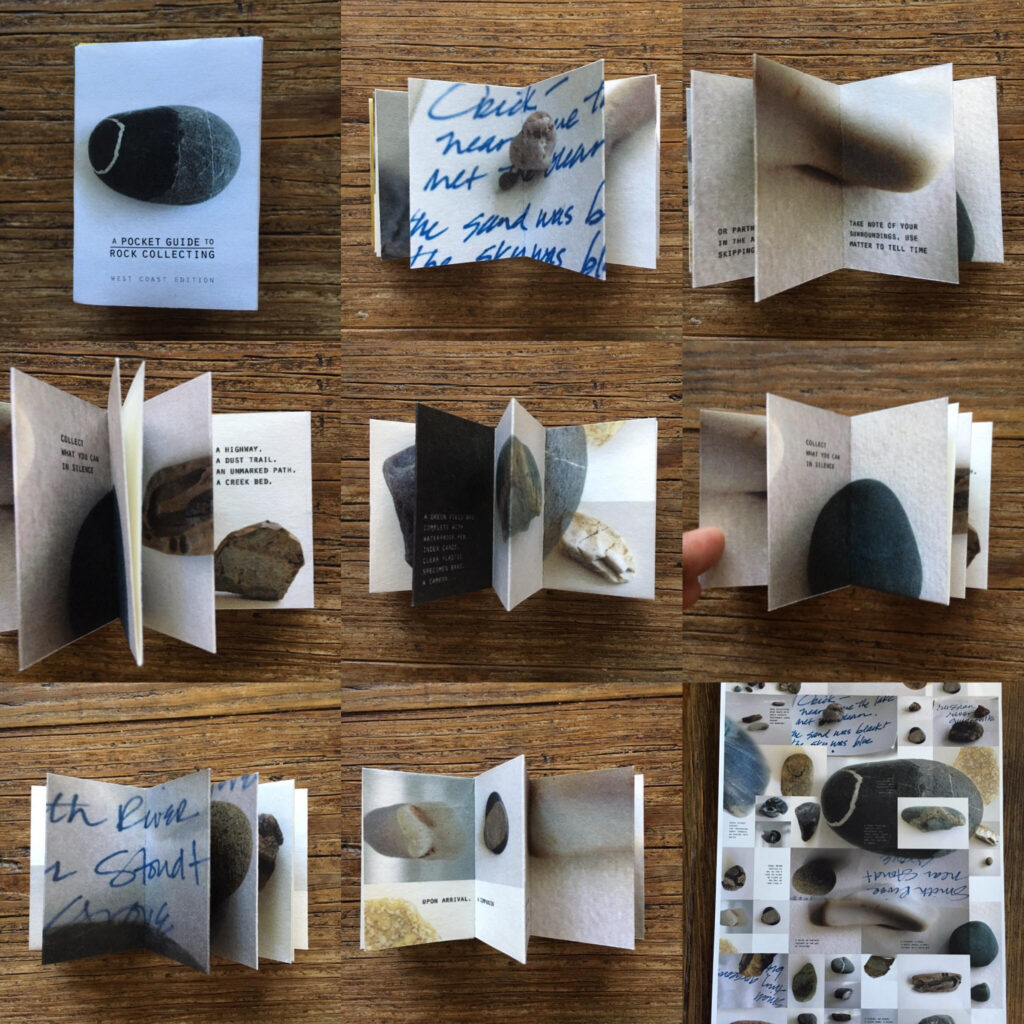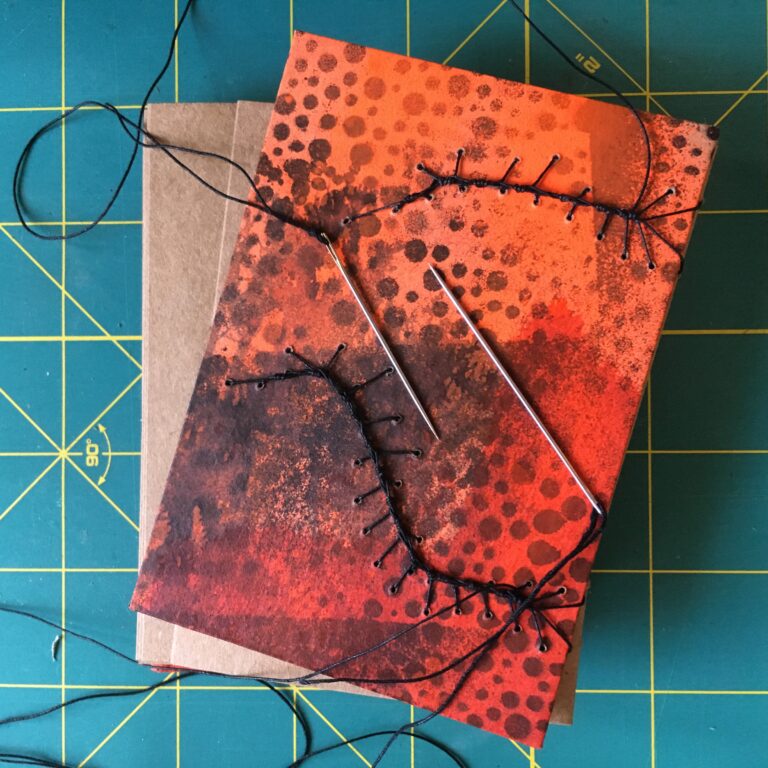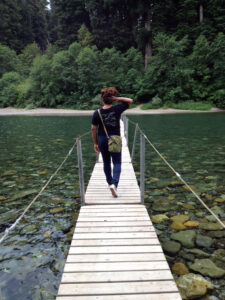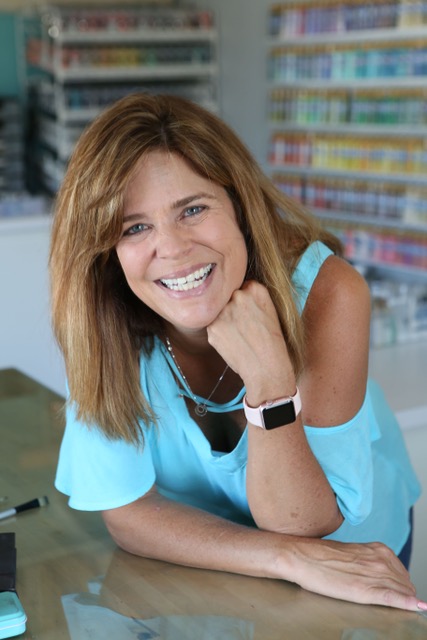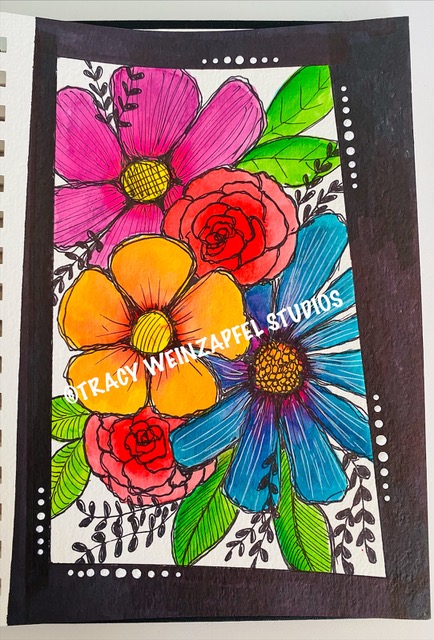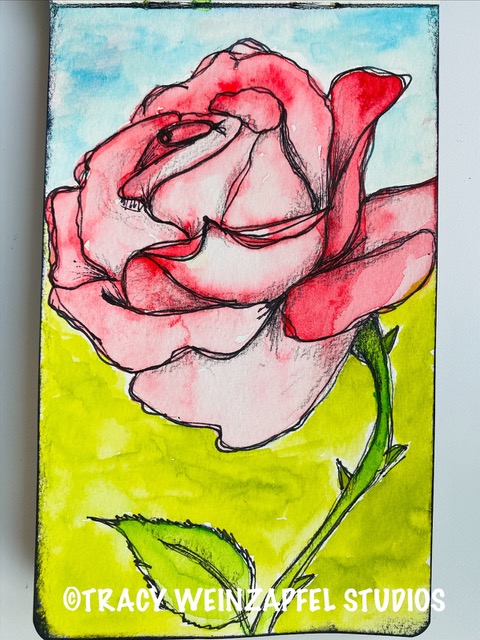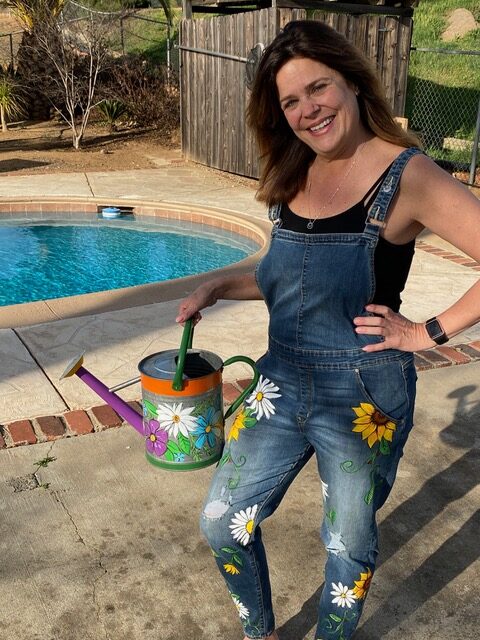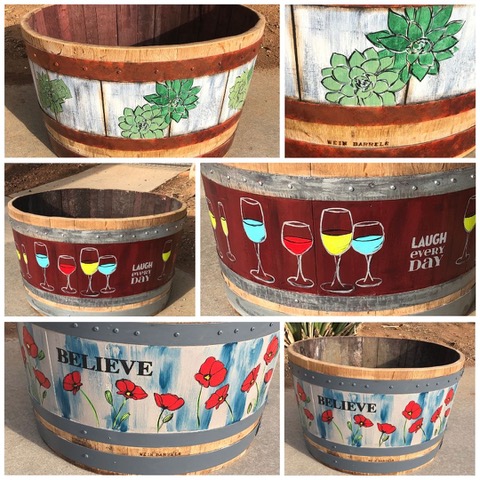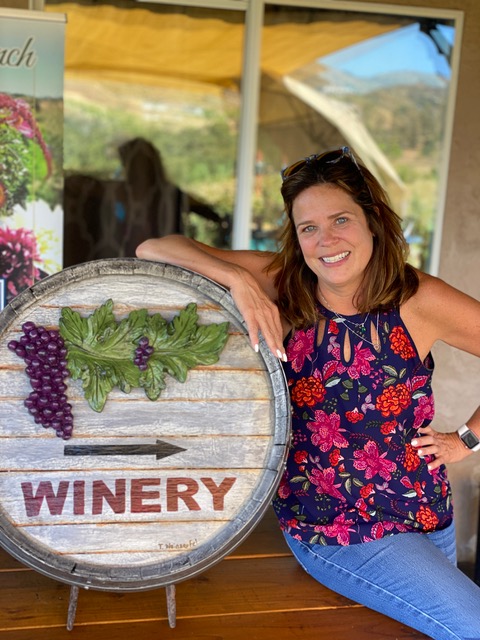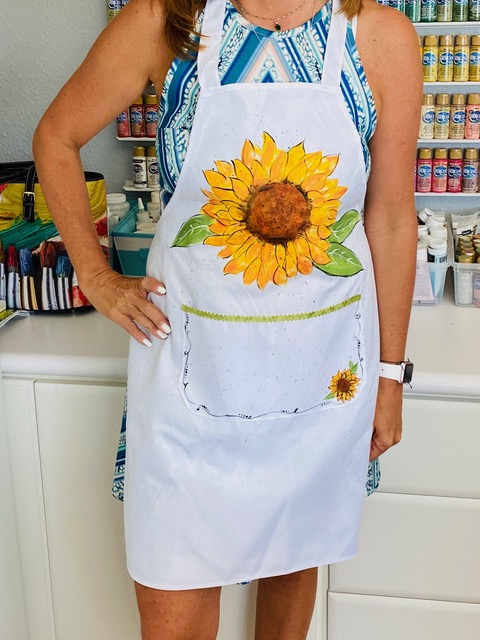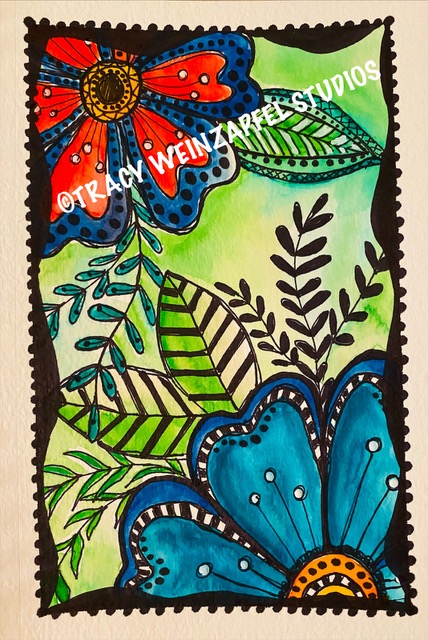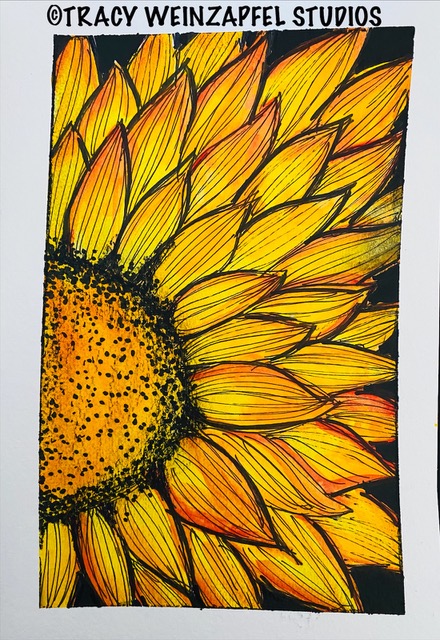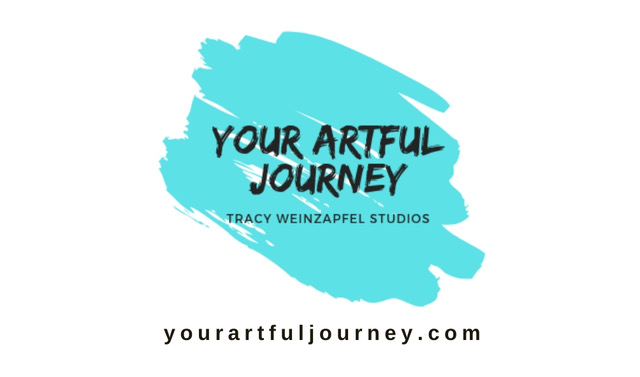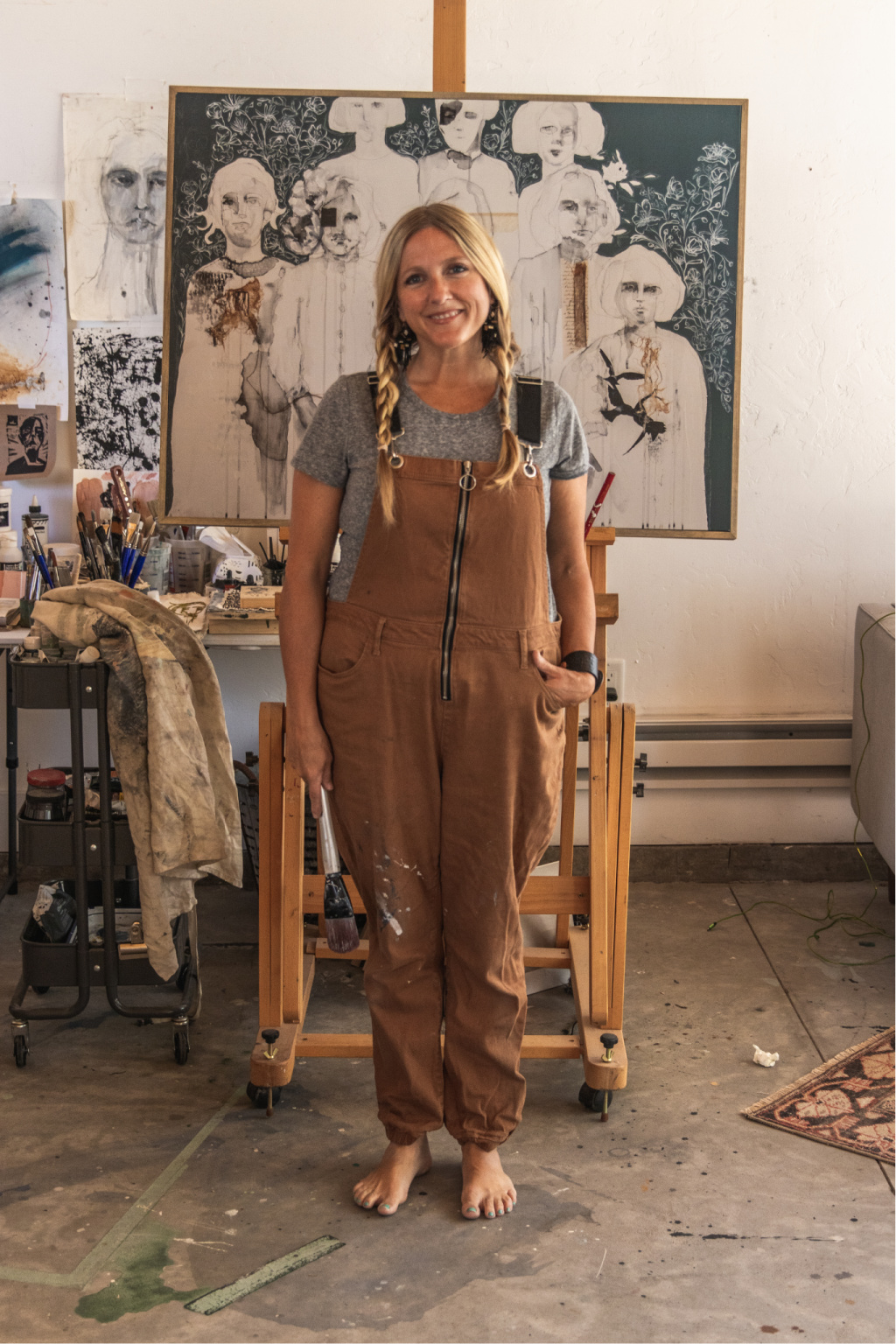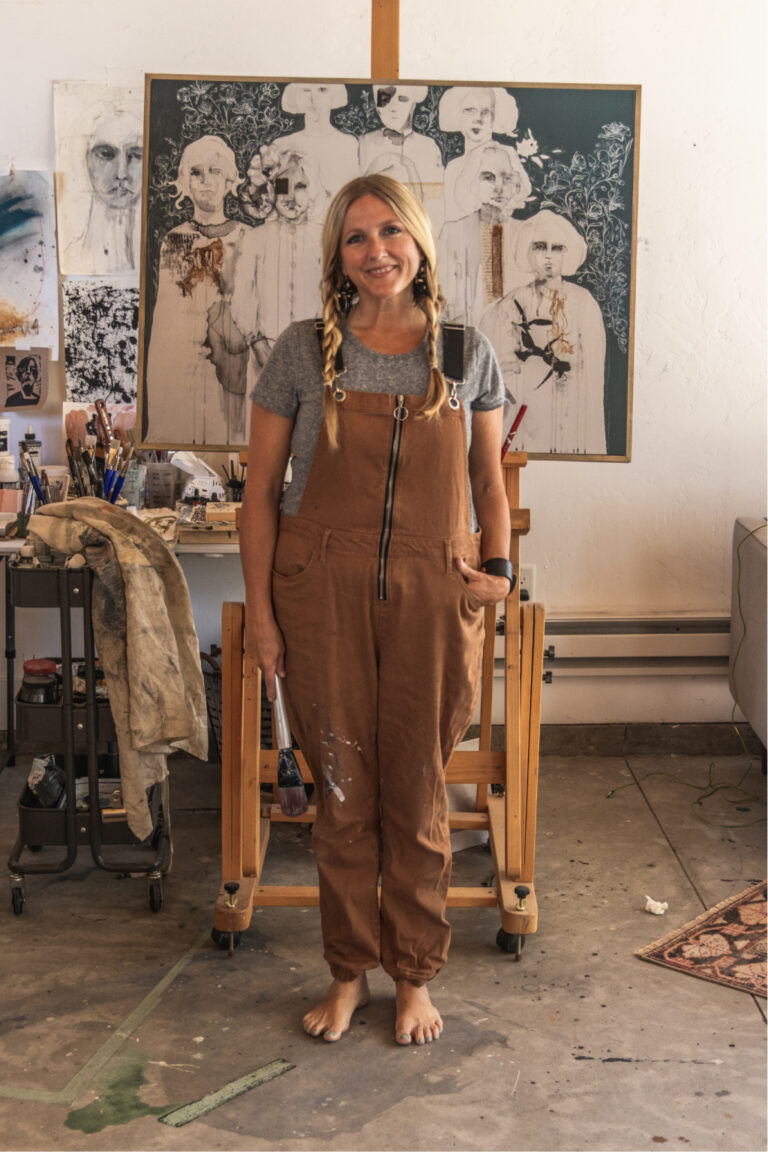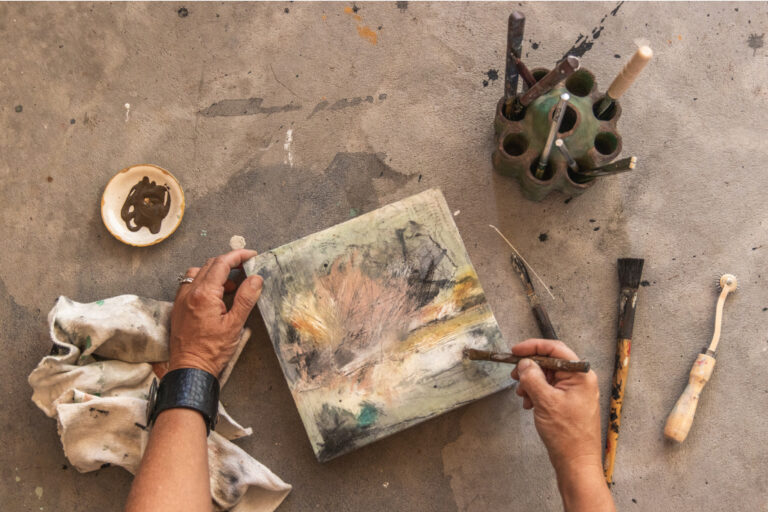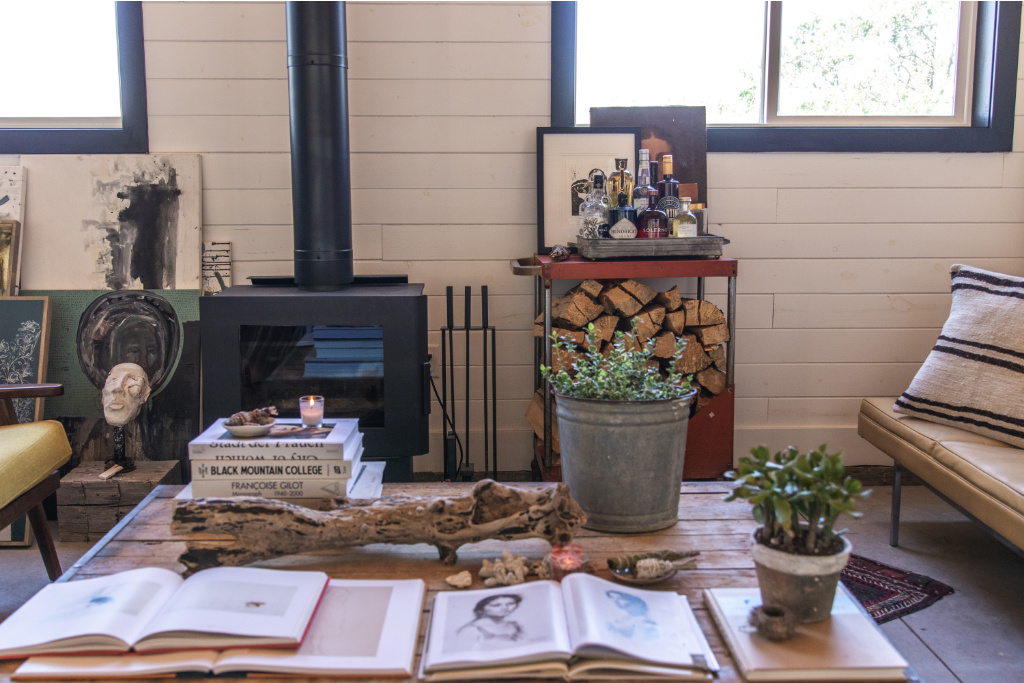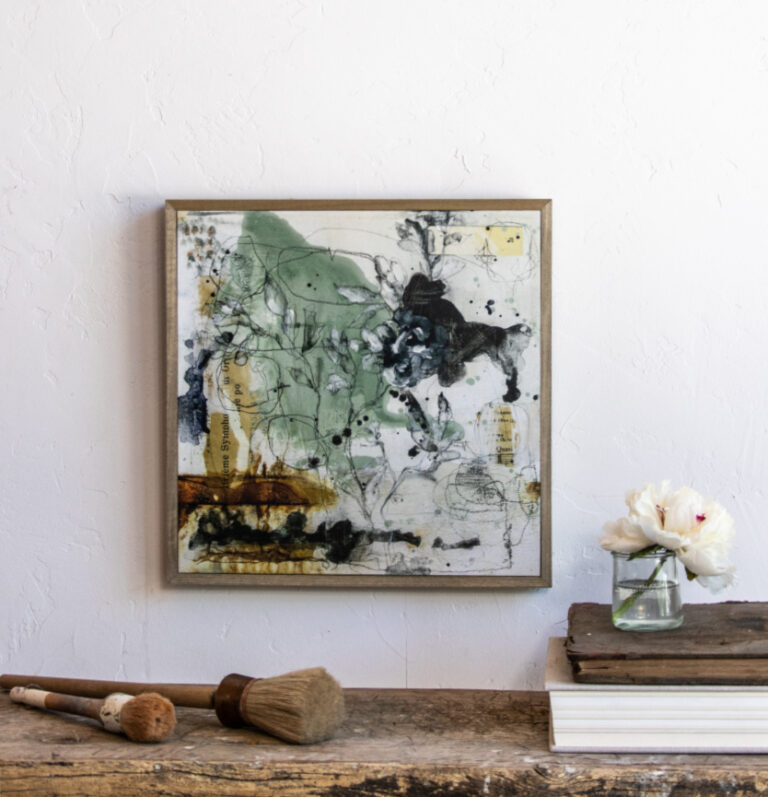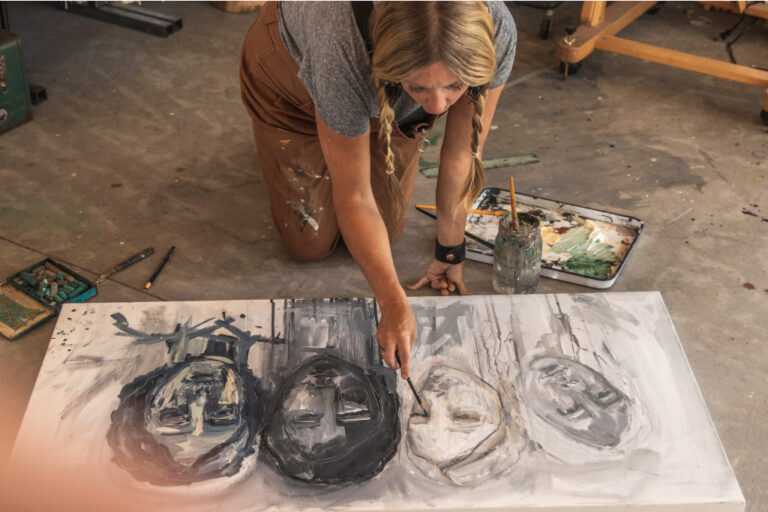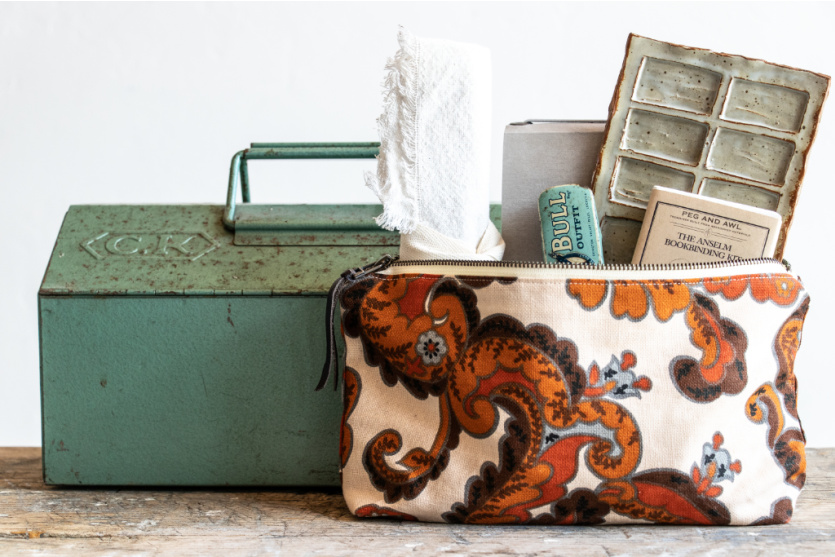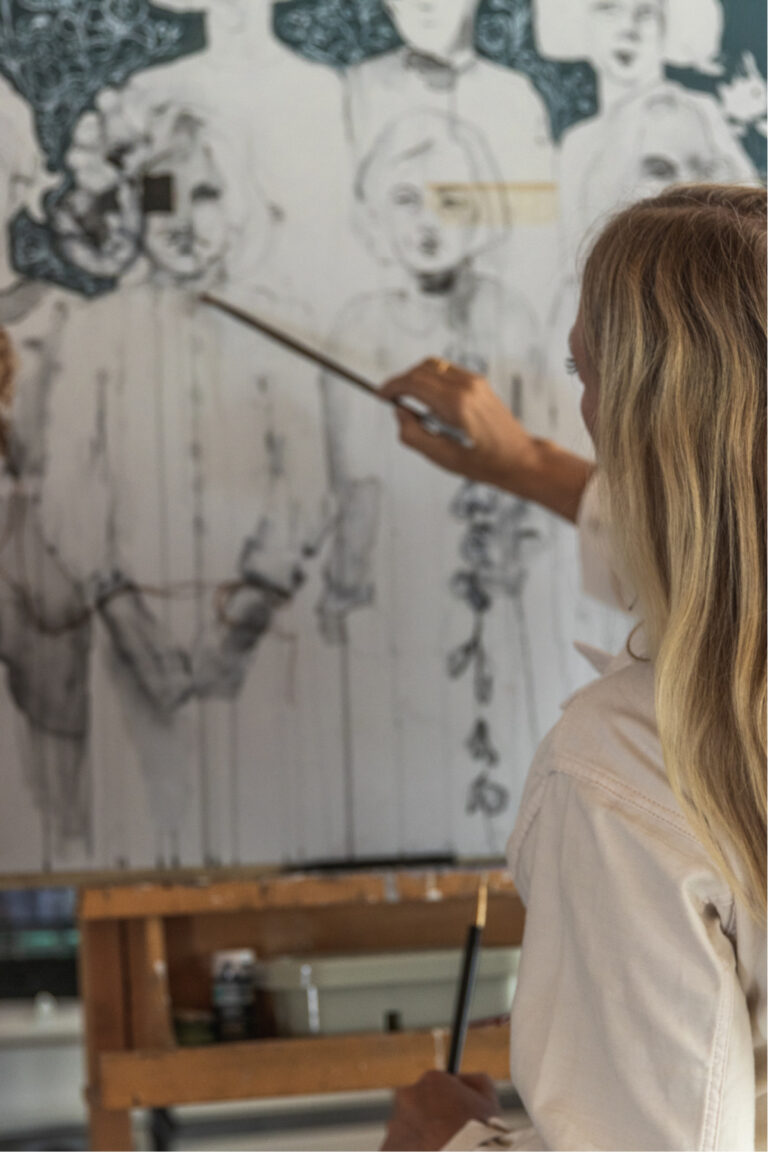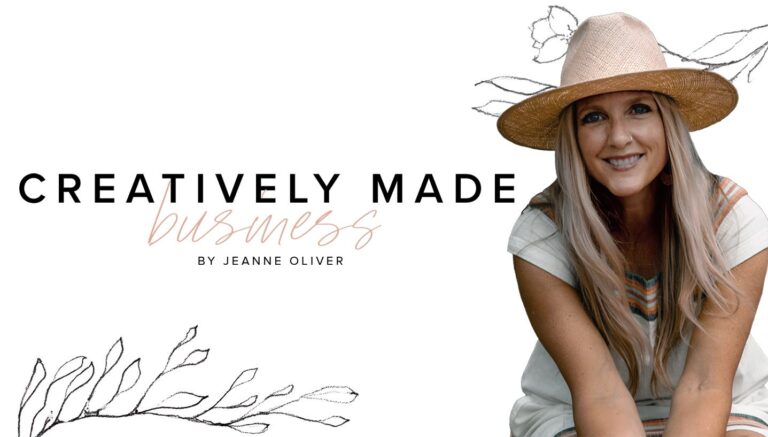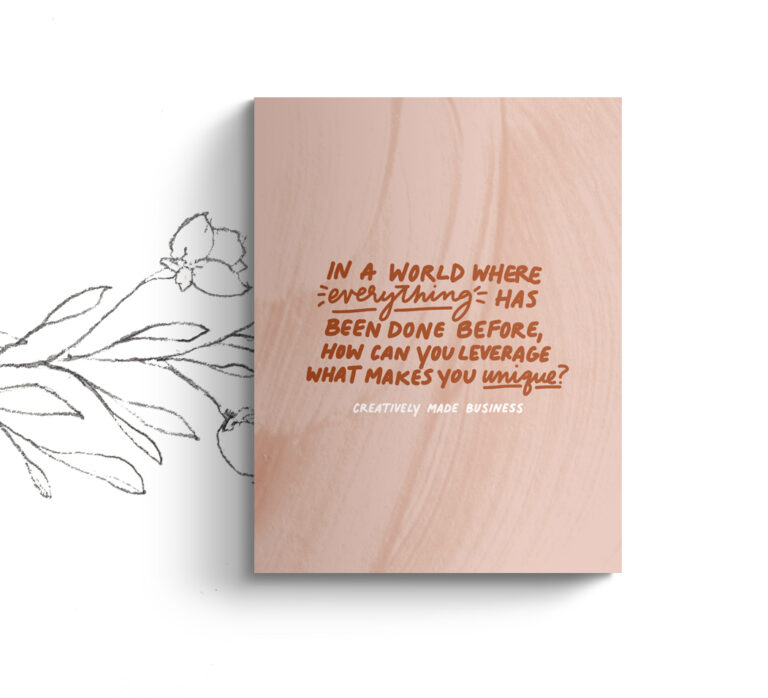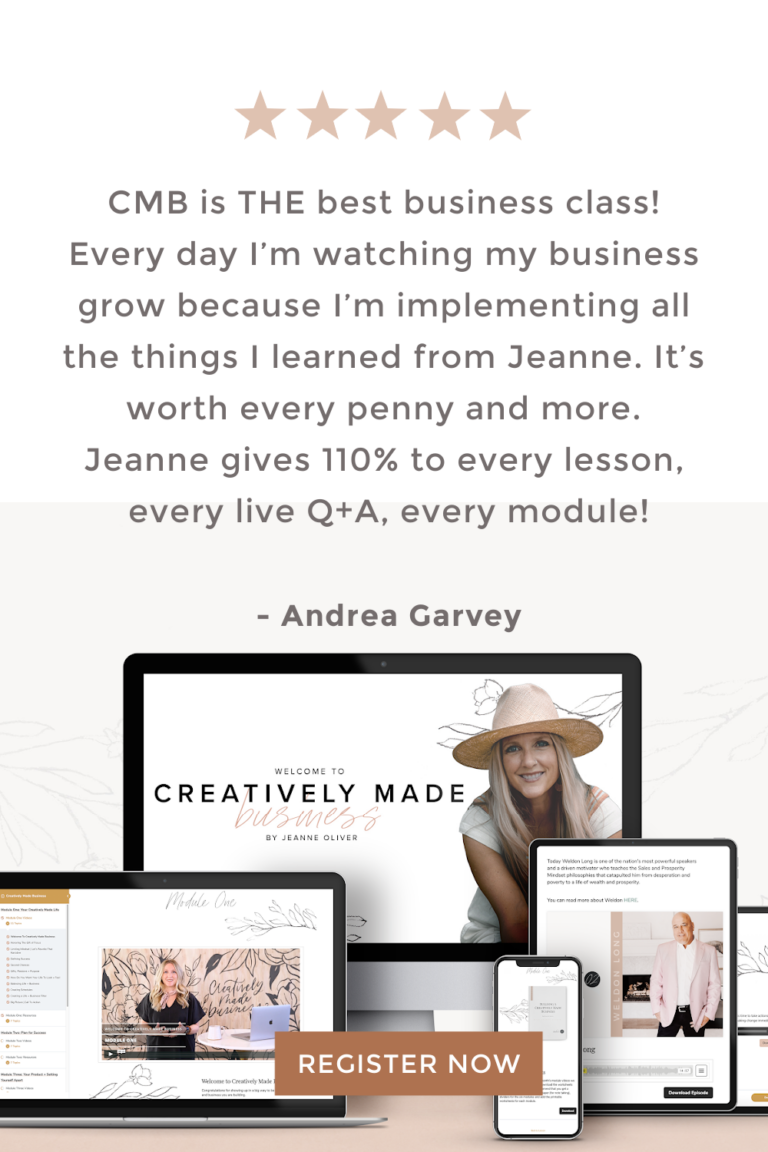#185 Anthony Burks: Creating Beauty with Colored Pencils
Anthony Burks is a colored pencil artist who creates on paper, and often on wood and other found objects. He adds other materials, like charcoal and watercolor. He had a full year scheduled with out of state art shows as well as his teaching and mentoring gigs, which all had to be cancelled. Before the pandemic, he had applied to a local fellowship, and he received it this summer. That has opened up many opportunities for him, including a move into a group studio space. He probably has worked harder than ever this year, creating new projects and seeking out artist grants.
Listen here or download from iTunes, Spotify, Google Play, CastBox, or Stitcher.
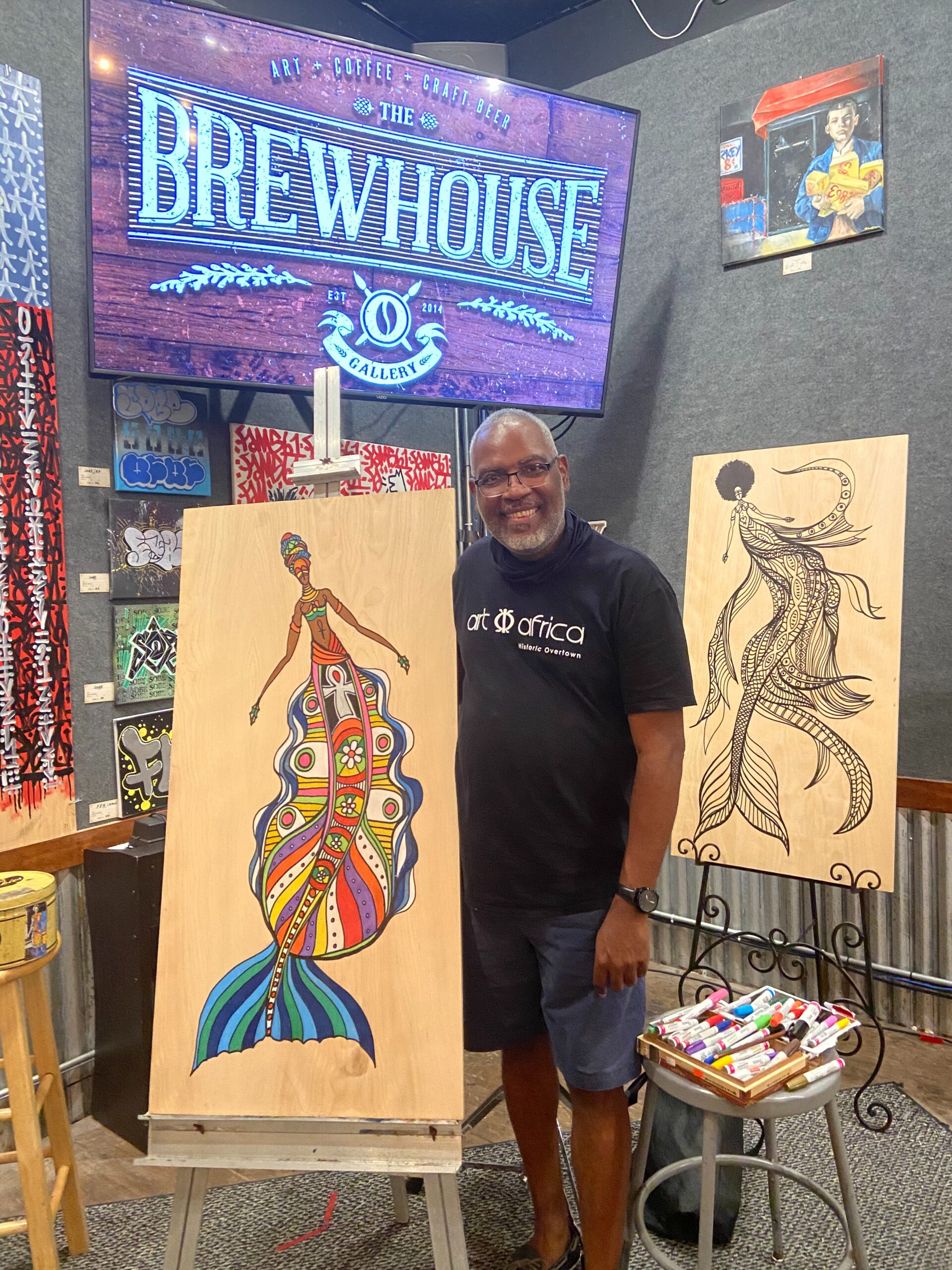
Anthony Burks, Sr.
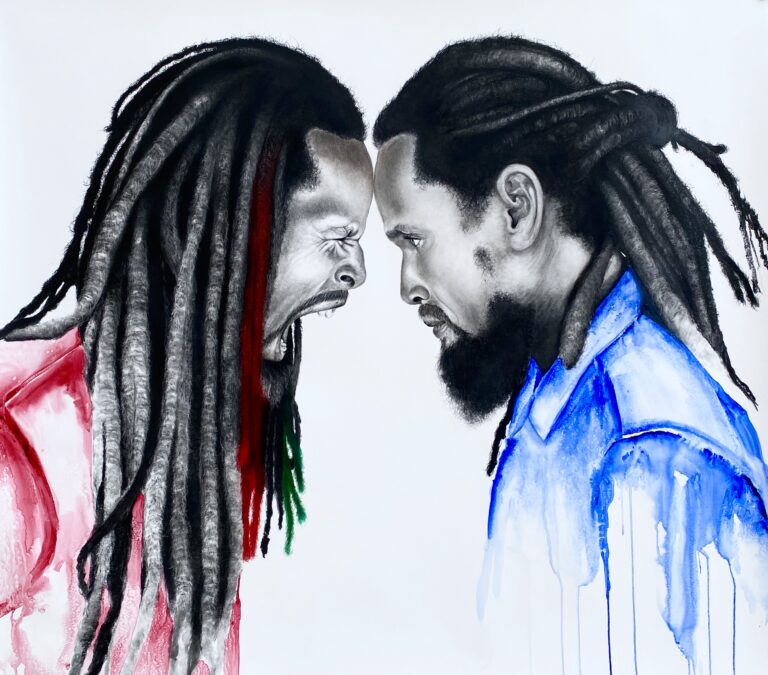
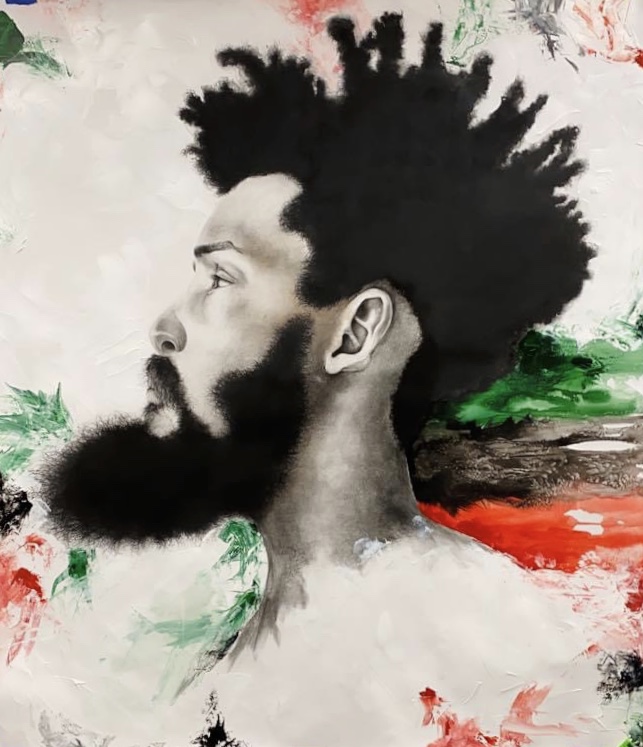
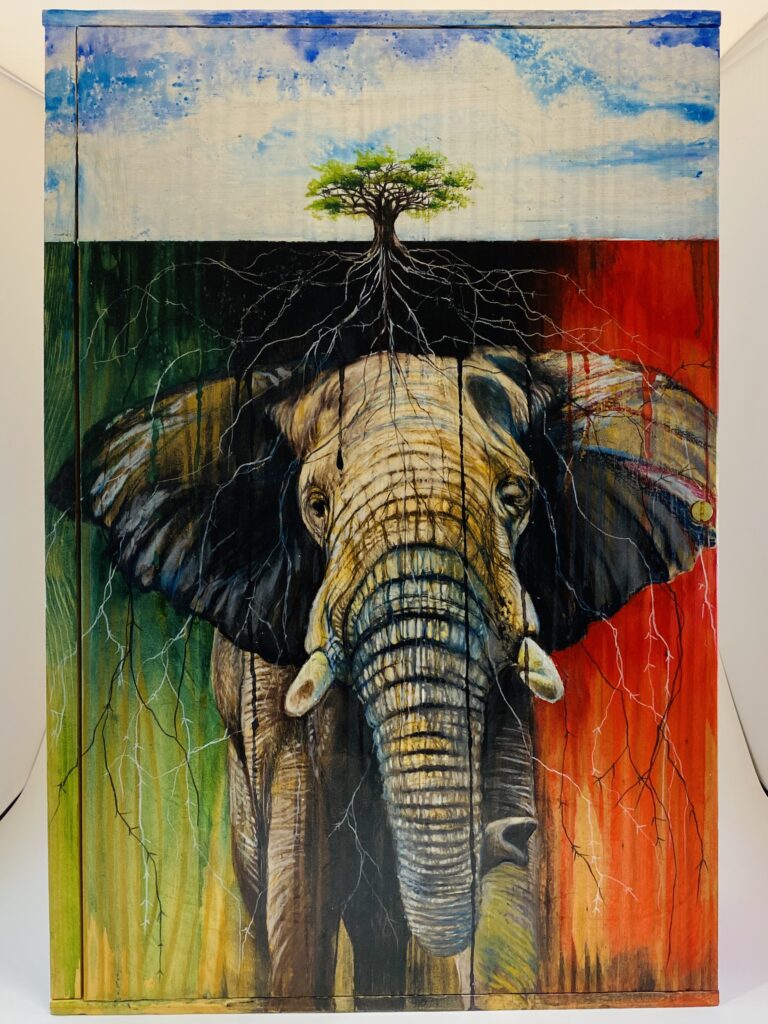
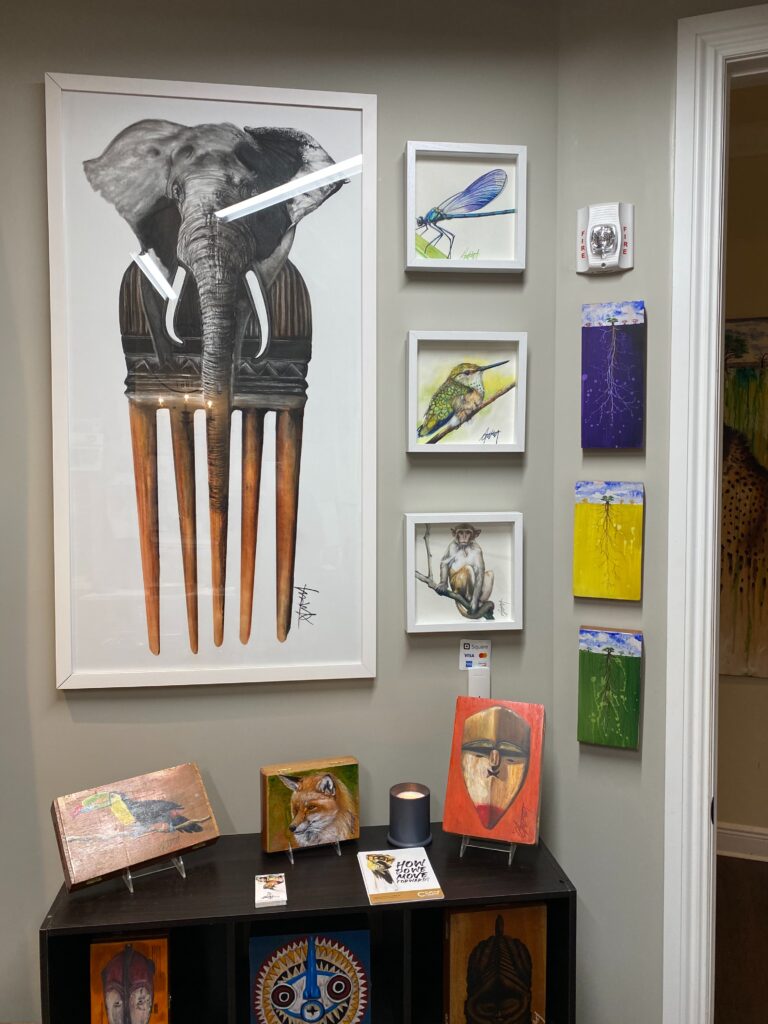
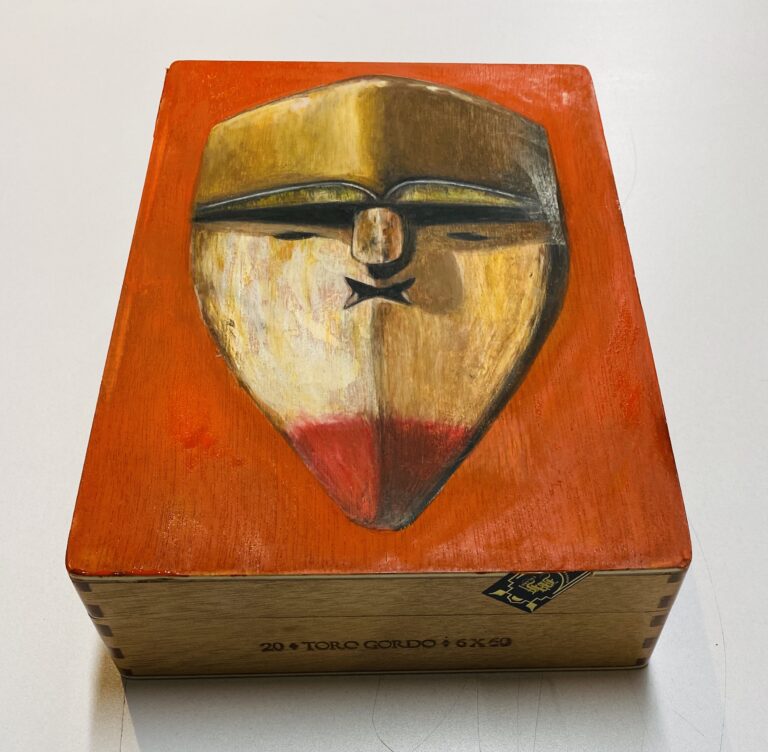
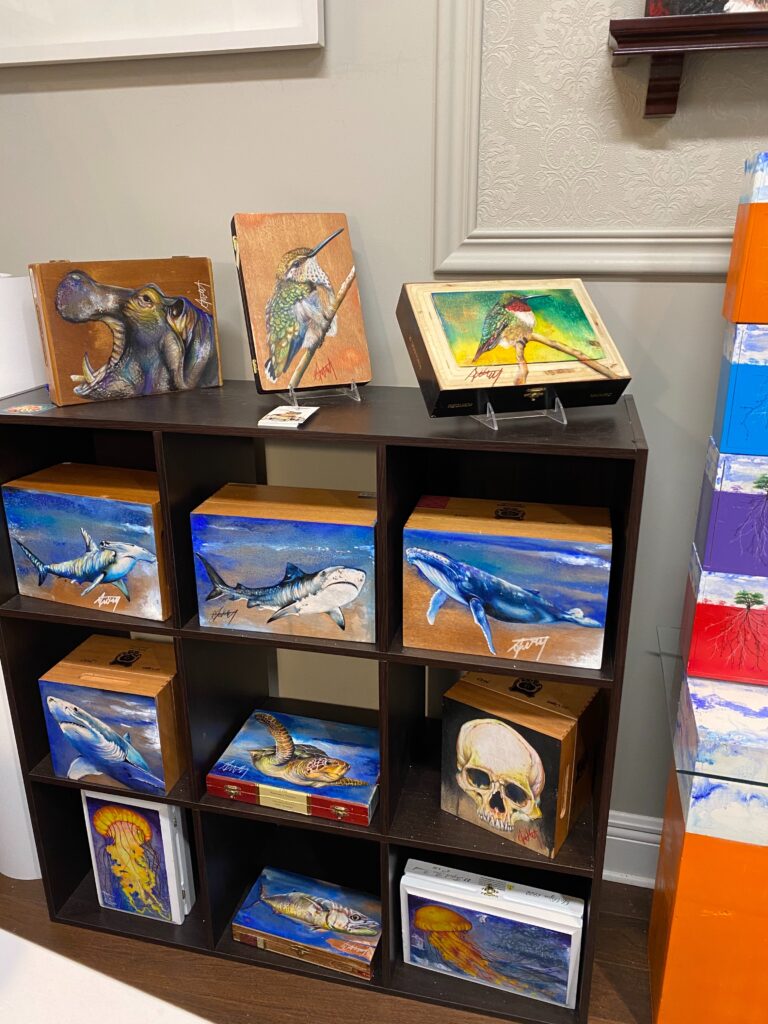
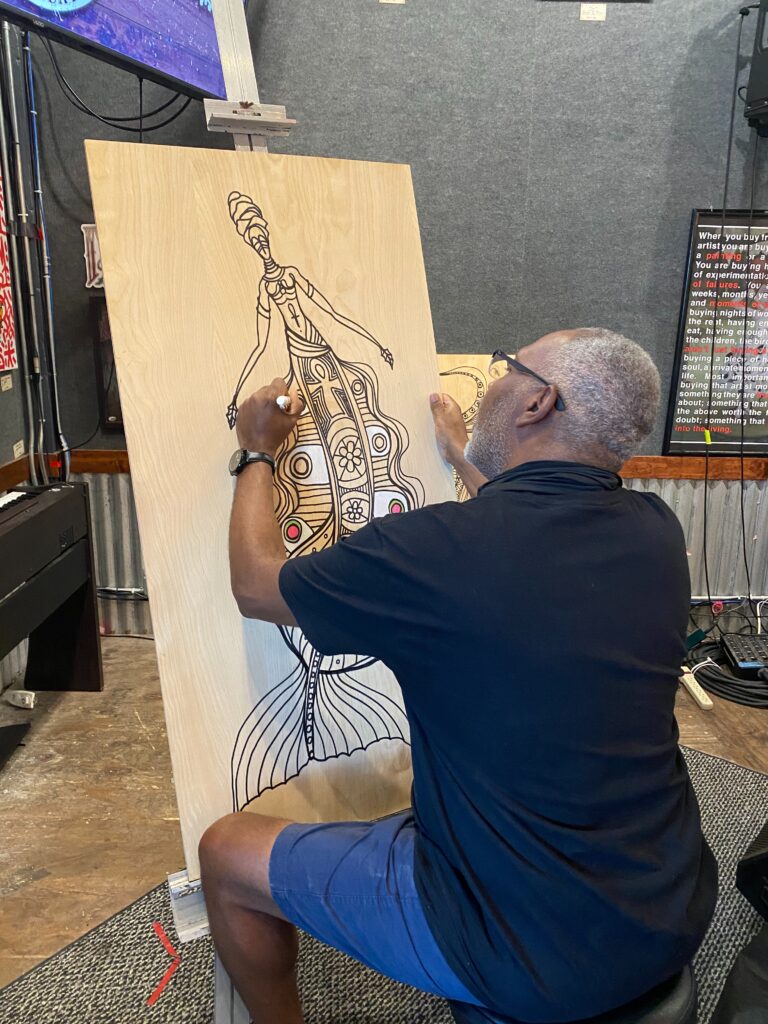
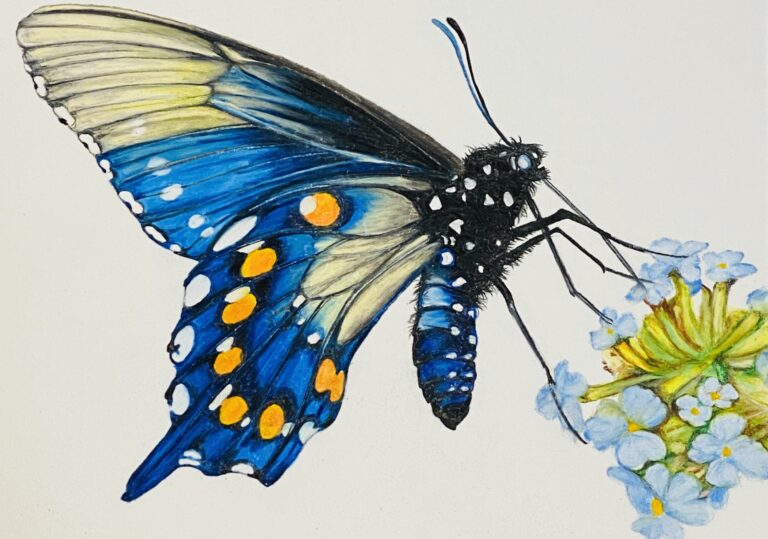
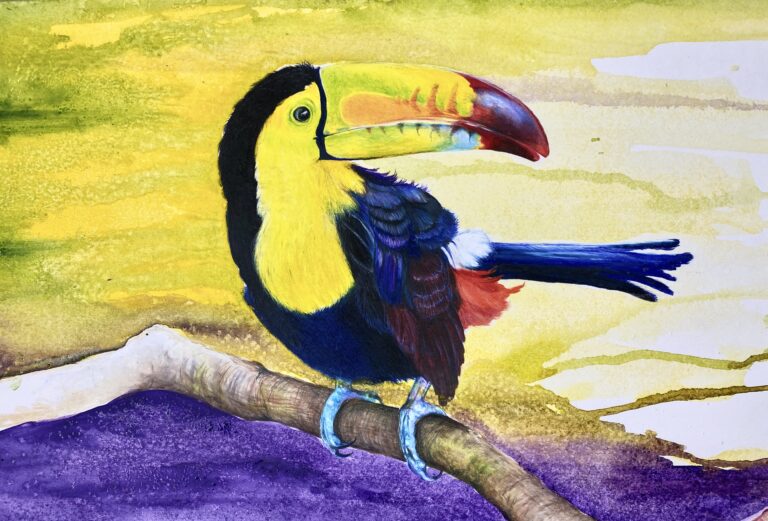
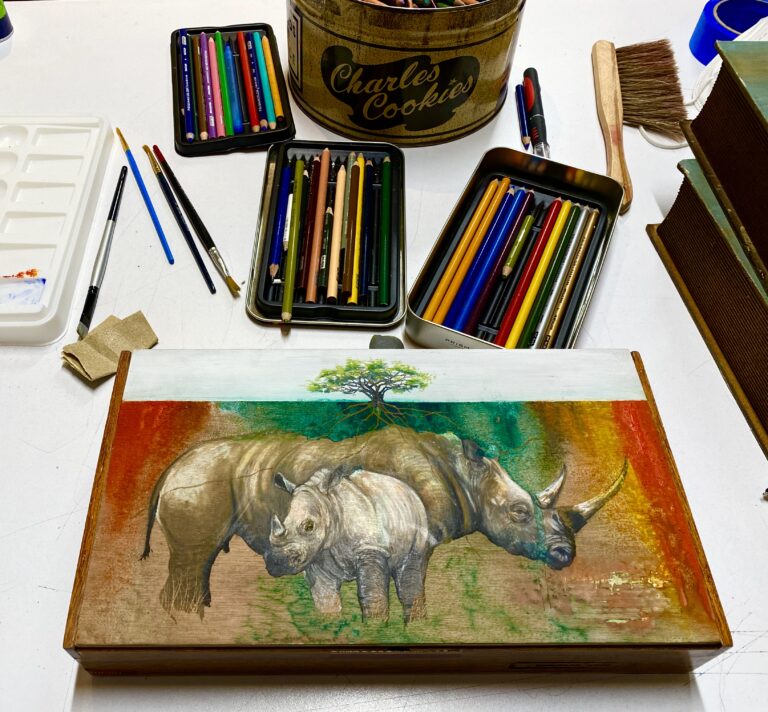
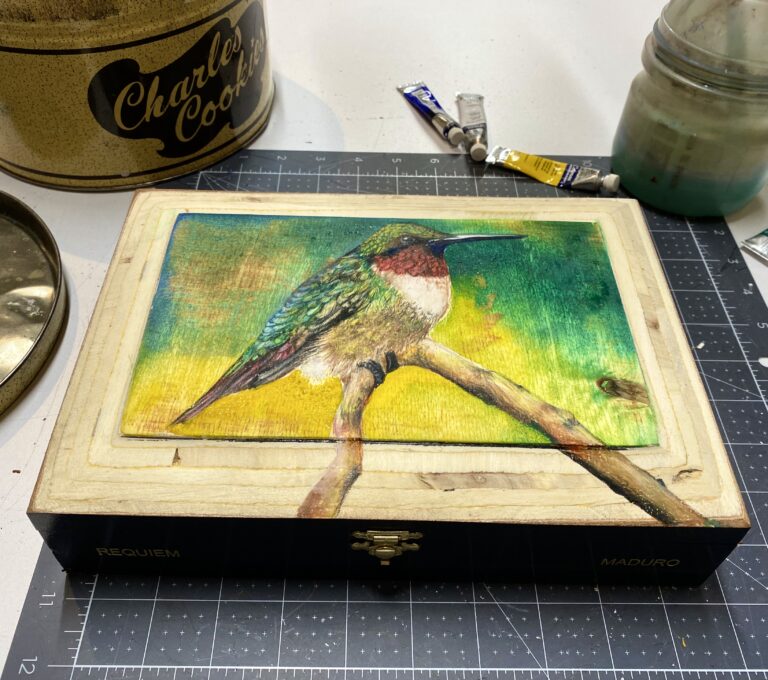
This is Anthony’s website: anthonyburkscollection.com
You can also find him on:
Anthony and his wife Trina Slade-Burks created the show How Do We Move Forward at the Cultural Council for Palm Beach County. It combined art with poems from 10 black artists. You can see this at the Cultural Council’s YouTube channel.
Anthony recently moved into a studio space that was created by Zero Empty Spaces. They are creating these spaces elsewhere in the U.S. You can find out more on their Facebook page here.
Here are some great takeaways from our conversation:
- Branch out from the usual substrates for your art, beyond canvas and paper. Anthony has produced art on wood, cigar boxes, and now wine boxes.
- Anthony recently was awarded a fellowship from a local arts group. Fellowships, grants, and residencies are a great way to fund an art project. Usually they want you to propose what you will be doing, and the funding is a way to get the new project done. You can find these by searching local, regional, and national art groups.
- Anthony recently moved into a shared art studio space. A local group approaches commercial real estate holders who have retail space that has been empty for a long time. They propose letting artists use the spaces for a low price for a set period of time. The space he is in is one of 18 smaller spaces grouped together. If you want to find out more and see if this program can come to your area, contact Zero Empty Spaces through Facebook.
- We’re all trying to figure out how to do art events and keep up the social distancing. Expand beyond the four walls of your gallery and studio and see if you can utilize the outdoor space. You can set up live painting or music outside and people can take turns going inside in small groups.
- If you have a studio space where people can visit, set it up so you also can display art and merchandise to make sales. Most sales will occur in person rather than online, especially if you’re allowed to see and talk to the artist about their art.
- It’s not a good idea to lower your prices right now. No matter what the situation is, it’s hard to raise your prices back up again after you have discounted your art. Instead, offer lower price points with small pieces or merchandise.
- Making art live on Facebook or YouTube is a great way for people to get to know you. You can have the camera on your face or your hands, it doesn’t matter.
- Post category:Instructor/Painters/Podcasts/Season 3/Show Notes
